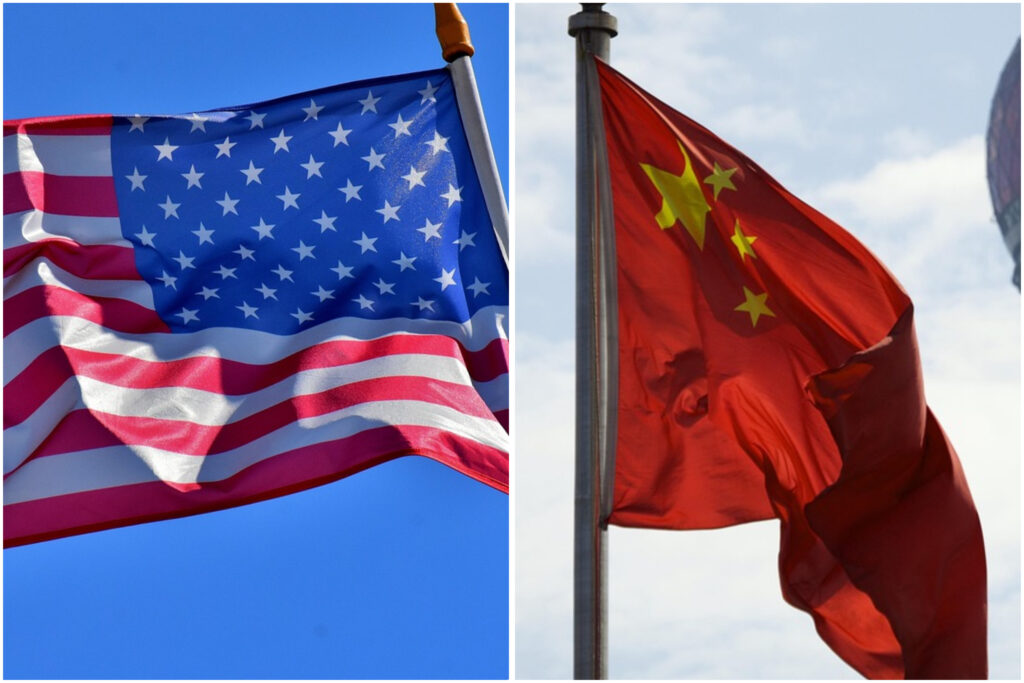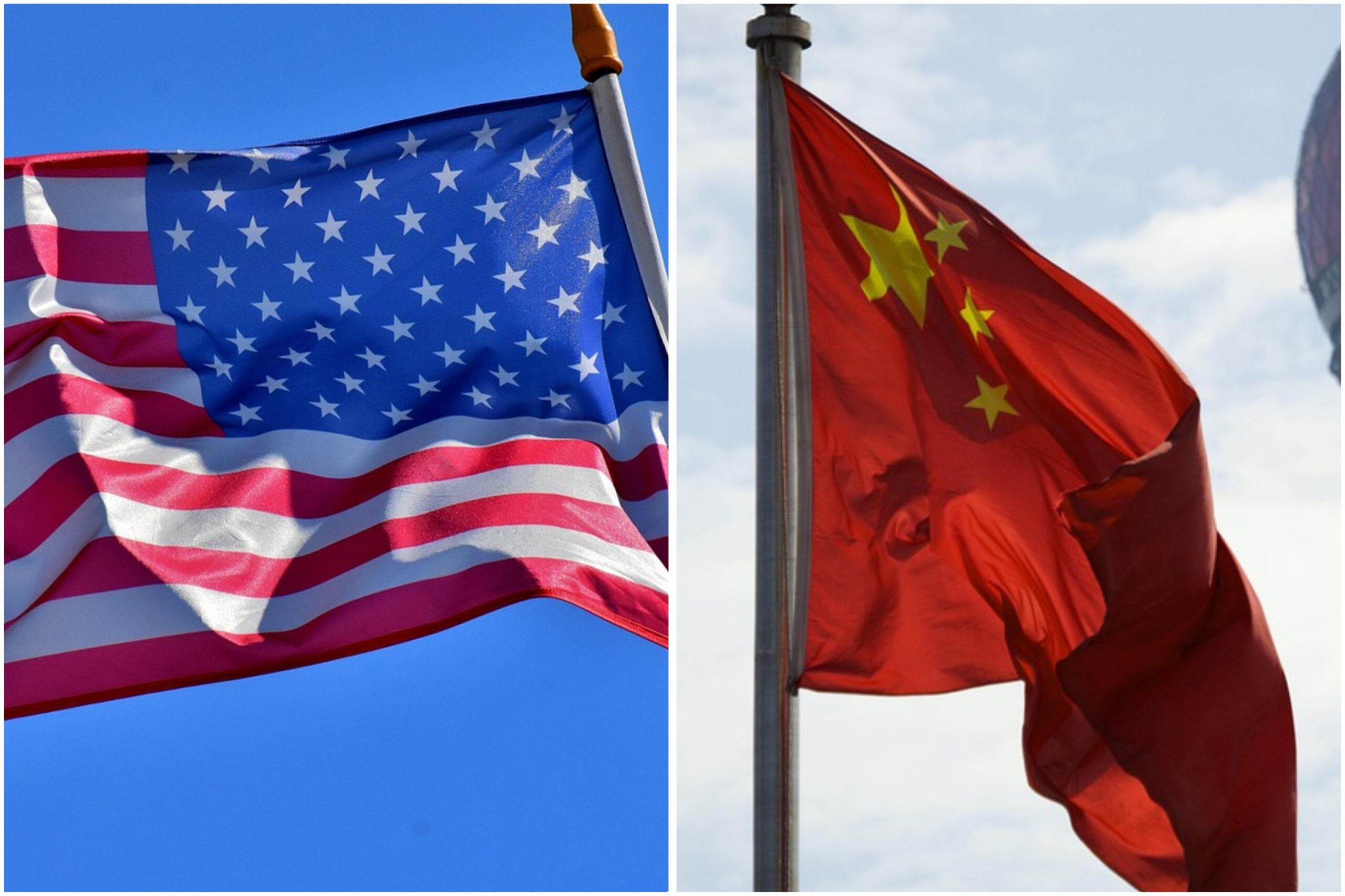
The tariff truce between the U.S. and China, unveiled on Monday, provides businesses with a temporary reprieve from escalating trade tensions. However, the agreement does little to alleviate the broader economic uncertainty that has made it increasingly difficult for companies to strategize and make long-term plans. While the pause in tariffs may offer some short-term relief, the unresolved nature of key trade disputes continues to cast a shadow over global markets, leaving businesses to navigate a landscape fraught with unpredictability and potential disruptions.
Starting May 14, the United States will significantly reduce its maximum tariff rate on Chinese imports, bringing it down from 145% to 30%. This new rate comprises a standard 10% baseline levy along with an additional 20% levy specifically targeting fentanyl-related products. In response, China will also lower its tariff on American goods, cutting the rate from 125% to 10%. The adjustments signal a shift in trade policy between the two economic giants, aimed at easing some of the trade tensions that have strained global markets in recent years. However, the targeted fentanyl-specific levy underscores ongoing concerns about the opioid crisis and the role of Chinese-sourced fentanyl in fueling it.
Experts told CBS MoneyWatch that while the tariff reductions may provide some temporary relief, reaching a comprehensive trade agreement between the U.S. and China is expected to be difficult. Additionally, the adjusted 30% tariff rate could still result in higher costs for consumers, keeping economic uncertainty in play despite the lowered rates.
Analysts at Gavekal, an investment research firm, noted in a report that the likelihood of the U.S. and China securing a lasting trade deal within the next 90 days is still uncertain. They pointed out that, to date, only the U.K. has successfully negotiated a trade agreement with the U.S., which offers limited insight into how talks with China might unfold.
Is the 30% tariff permanent?
Without a formal trade agreement, there’s no assurance that the U.S. won’t reinstate higher tariffs on China after the 90-day truce expires, nor that Beijing won’t respond with its own measures. U.S. Treasury Secretary Scott Bessent referred to the new 30% baseline tariff as a “floor” during an interview with Bloomberg Surveillance, suggesting that rates could rise again if negotiations falter.
Sina Golara, a supply-chain expert and assistant professor at Georgia State University’s Robinson College of Business, told CBS MoneyWatch that the tariff reduction is merely a 90-day pause intended to give the U.S. and China time to negotiate a more comprehensive trade agreement.
Is a 30% Tariff on Chinese Imports Still Considered High?
Under the agreement, the U.S. will reduce tariffs on Chinese goods from as high as 145% to 30%. However, this still marks a significant increase compared to the tariffs on China before President Mr.Trump took office.
In other words, Alex Jacquez argues that the recent trade agreement essentially resets the tariffs to a 30% baseline, which is still far from ideal. Although it represents a step back from the previous 145% tariffs, Jacquez believes that the agreement does not bring any meaningful progress in terms of gaining concessions or renegotiating trade terms with China. Essentially, the situation remains largely unchanged despite the tariff reduction.
Tariff rates aren’t the only potential obstacles, as the U.S. and China continue to negotiate, with other key issues likely to affect the outcome of the trade talks.
Golara pointed out, “The two countries have a lot of grievances in many dimensions, so it’s not just tariff rates. It’s about issues like trade barriers, the trade imbalance, and the U.S. accusing China of currency manipulation. There’s a lot to discuss, which is why it makes sense for them to take more time.”
What the U.S.-China Agreement Means for the Future of Global Economics
“The outlook is positive: If the reduced tariffs between the two nations stay in effect, consumer confidence is expected to rise, leading to increased spending. This could play a key role in controlling U.S. inflation and supporting the job market, as stated by Grace Zwemmer, an associate economist at Oxford Economics.”
The announcement also lowers the likelihood of the U.S. economy slipping into a recession this year, according to experts. Ryan Sweet, the chief U.S. economist at Oxford Economics, has revised his recession forecast down to 35%, a significant drop from over 50%.
Will China’s Shipments Resume Flowing Soon?
Both large and small businesses in the U.S. have raised concerns that higher tariffs will drive up consumer prices, with some companies even canceling orders from Chinese factories due to the steep levies.
Jacquez from Groundwork Collaborative told CBS MoneyWatch, “It’s very clear that Trump was facing a significant drop in imports from China during the busiest shipping season, as companies prepare their inventory for Christmas and the holiday season.” He added, “There were more announcements from companies about depleting their inventory, passing costs onto customers, or having to stop importing from China.”
Freight shipments from China are anticipated to increase during the 90-day tariff pause, as companies stock up on inventory to prepare for the possibility of trade talks collapsing and tariffs escalating. As a result, shipping rates are expected to rise, which will put additional pressure on smaller businesses with already slim profit margins.
Jacquez explained, “Right now, you’ll see a huge rush to get imports in from China during this 90-day period. That will strain shipping logistics, much like what happened during the COVID-19 recovery when everything reopened.”
Are Consumer Prices Still on the Rise?
Businesses will still face additional costs with the 30% tariffs in place, and some of those expenses are likely to be passed on to consumers. However, the price increases may be less significant, depending on how companies manage the tariffs, according to Golara from Georgia State University.
He explained, “If some companies manage the tariffs effectively, we won’t see widespread inflation rise to a painful level. Instead, we may observe isolated price increases in certain products and sectors.”
Other experts share the view that the tariff pause is beneficial for both companies and consumers.
“The tariffs were so harsh that they created an incentive to avoid importing from China altogether,” said Veronique de Rugy, a senior research fellow at the Mercatus Center at George Mason University, in an interview with CBS MoneyWatch. “This announcement is also good news because it means supply won’t be as constrained as it was.”
However, it doesn’t mean the U.S. is completely out of the woods. “It’s still a significant increase in taxes for American consumers. We are still in a worse position than we were,” de Rugy said.
What Are Companies Doing in Response?
Businesses continue to face considerable economic uncertainty, which makes planning for the future challenging.
“If you’re a small business and don’t know what your inputs will cost next week or in 90 days, it’s going to be extremely difficult to operate in this uncertain environment,” Jacquez said.
Kim Vaccarella, founder and CEO of Bogg, a U.S.-based beach bag and accessories company that manufactures its products in China, has been working to shift at least part of its manufacturing to Vietnam and Sri Lanka due to the Trump administration’s increased tariffs.
“We were looking at alternatives and set up viable sources in both countries, and we were working toward manufacturing there,” she told CBS MoneyWatch.
Then came the White House’s announcement on Monday. With the U.S. having earlier raised its country-specific tariffs on Vietnam and Sri Lanka to 46% and 44%, respectively, China might once again become Vaccarella’s best option.
“Now we are back to square one, because at 30% it’s less expensive to manufacture in China,” she said. “If tariffs stay at 30% or go lower, it just looks like we spent a lot of money quickly trying to ramp up production somewhere else, because that would have been more acceptable under this current nightmare.”
A key index of small business optimism has declined every month this year, though it still remains higher than it was before the November presidential election.
Vaccarella had warned customers that the price of her company’s bags could rise as early as July. “But 30% we can work with,” she said. “There might have to be a small increase, but it won’t be as significant as it would have been at 145%.”
